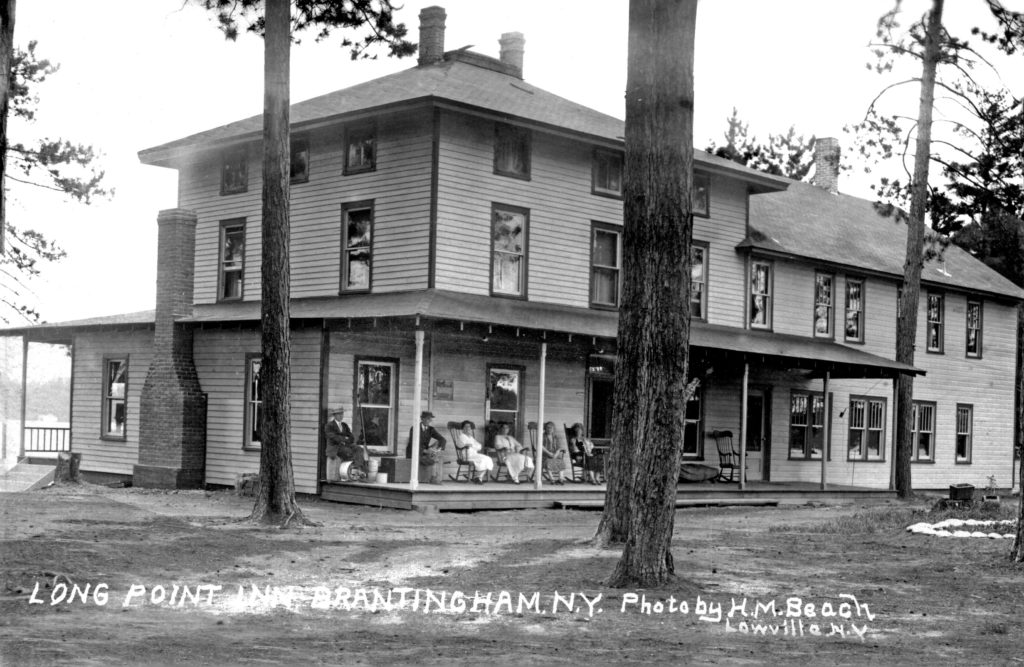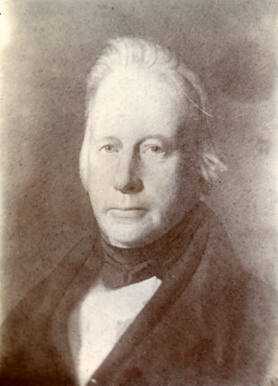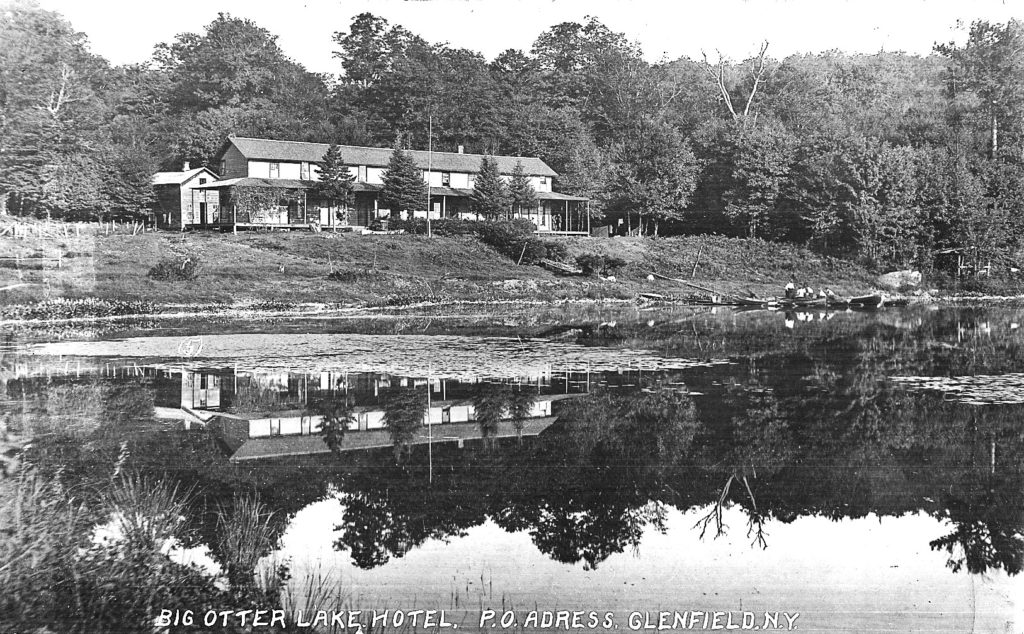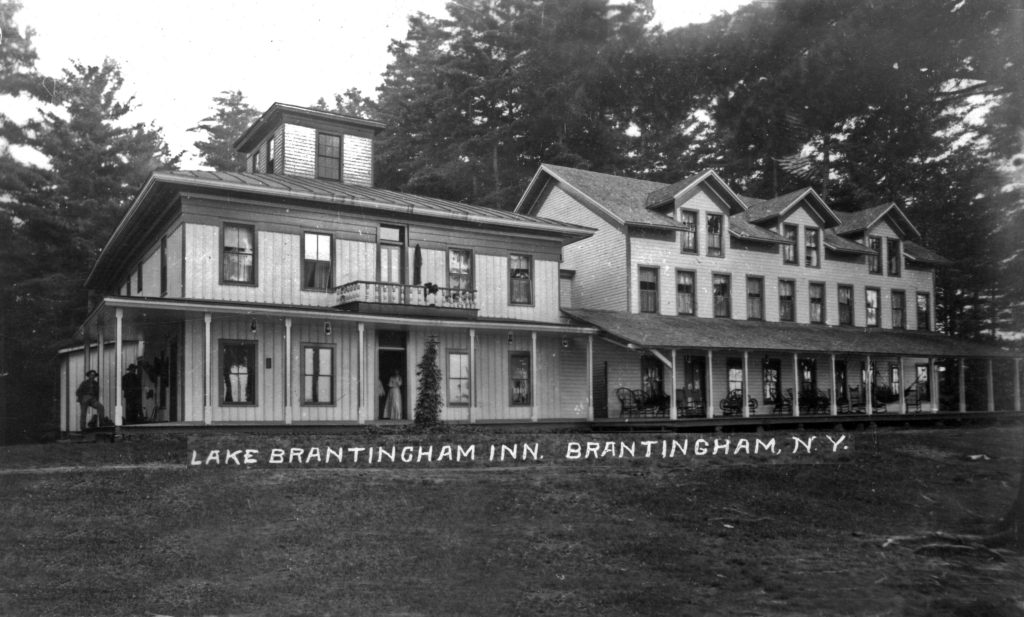The town of Greig was formed from the town of Watson on March 1, 1828. Originally, it included all of what is now the town of Lyonsdale southerly to the Oneida County line. Subsequently, however, the town of Lyonsdale was split off and formed from the town of Greig on November 28, 1873.

Names, Land Titles and Ownership
As an initial matter, upon its organization, Greig was originally named the town of “Brantingham,” after Philadelphia merchant Thomas Hopper Brantingham. In 1794, Brantingham had acquired some 70,000 acres of land – which came to be called the Brantingham Tract – and his holdings included much of what are now the towns of Greig and of Lyonsdale.
Unfortunately, Brantingham turned out to be a bit of a scoundrel, however, defaulted on the purchase price for the Tract, wound up in prison and, after litigation with Alexander Hamilton, ended up having his interests foreclosed and title to the his Tract passed to and through the hands of several men. The Brantingham Tract was surveyed by Benjamin Wright in 1806, after which the northeast and southwest parts were purchased by James Kerr and Patrick Colquhoun, and the southeast and northwest parts were purchased by Livingston and Ogden. In September 1818, Caleb Lyon bought 10,000 acres on his own account and in 1851 his son, Lyman R. Lyon, bought out the remaining interests of Kerr and Colquhoun. By then, about 25,000 acres were in the hands of actual settlers.
On February 20, 1832, roughly four years after the town’s formation, the town elders decided to have its name changed from Brantingham to Greig. It was so renamed in honor of John Greig, a lawyer in the Finger Lakes region of New York who ultimately ended up with title to substantial holdings in the northern part of what was the original Brantingham Tract (basically, much of what constitutes the town today). Greig, who was originally born in Dumfrieshire, Scotland – which thus results in the Celtic spelling of the town’s name – went on to become a US Congressman and Vice Chancellor of the NYS Board of Regents, but he never set foot in Lewis County or the town that bears his name. [Insert picture of John Greig]

Early Officials
The first supervisor of the town of Greig was Dr. Simon Goodell (1828), the first clerk was Josiah Harris, the first commissioners of highways were Simeon Garrett and Otis Munn, and the first constables were Henry Harris and Daniel Sears.
Early Manufacturing
On every stream within the town (Otter Creek, Fish Creek, Pole Bridge Creek, Tannery (Crystalline) Creek, the Brantingham Outlet, and the Independence River) there were tanneries, sawmills, shingle mills, broom handle and lath factories, and charcoal manufacturing operations. Pickets and excelsior were also manufactured. One typical tannery in Greig processed 50,000 hides of leather annually and used 4,600 cords of hemlock bark.

Transportation
Ferries existed at Tiffany’s Landing (now Glenfield), Pratt Landing (now Burdick’s Crossing) and at Whittlesey’s (later Whittlesey Bridge) and were used until the early bridges were put in place (1846 at Tiffany’s Landing).
A post office was established at Brantingham in 1870. At an earlier time, mail for Greig residents was picked up at Turin, New York.
Population
The population of the town of Greig has varied over the years: in 1880, it was 1,570; in 1910, it was 870; in 1960, it was 693; and today, it sits at about 1,200.

Miscellaneous
The early industries which were sustained by the vast timber resources and available waterpower and which were supplemented by the coming of the Black River Canal have disappeared. To those who seek knowledge of those earlier times, evidence may still be found. Today, with the advent of the tourist and recreational activities and the increasing land values, changes continue to take place within the town, most for the better.
